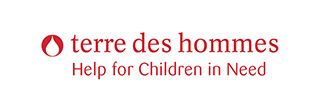The way the world looks at children today is not the way it always did. Children have, at various points in history and in various cultures, been looked at as ‘adults-in-waiting,’ ‘savages in need of taming,’ ‘blank slates for adults to write on,’ and so on. Even today, society’s perception of children differs from culture to culture, as does the definition of childhood itself. While children have always been valued, it is only towards the end of the last century that childhood has been looked on as valuable in itself. And it has only been since 20 November 1989, when the United Nations General Assembly adopted the Convention on the Rights of the Child (CRC), that the world’s children have benefited from one commonly recognized set of rights.
Within a short time, all countries of the world – with the exception of the United States– ratified the CRC, giving it the distinction of being the most ratified human rights agreement in the world.
For the full text of the UN CRC, click here:
http://untreaty.un.org/English/TreatyEvent2001/pdf/03e.pdf
The general principles which are the basis of the UNCRC:
- Best interest of the child
- Non discrimination and equality before law
- Principle of first call for resources
What is actually happening in our country?
We can look at child rights as falling into four major areas:
 Survival – The right to be alive, to have a home, enough food, good health, a family
Survival – The right to be alive, to have a home, enough food, good health, a family
 Development – The right to education, play, entertainment, to develop talents and skills
Development – The right to education, play, entertainment, to develop talents and skills
 Protection – The right to be safe from abuse, violence and exploitation
Protection – The right to be safe from abuse, violence and exploitation
 Participation – The right to know, to think freely and to be heard
Participation – The right to know, to think freely and to be heard
